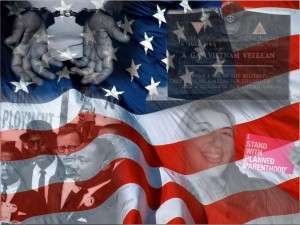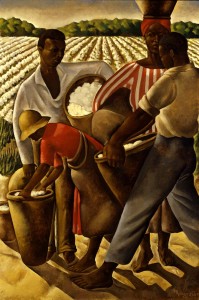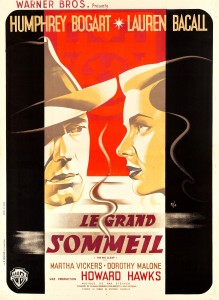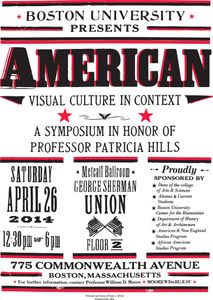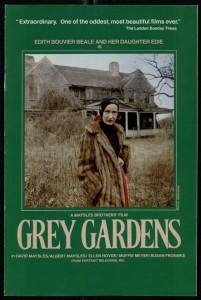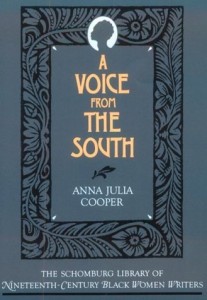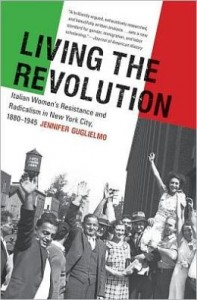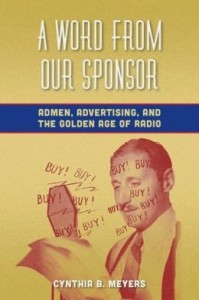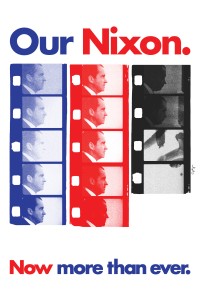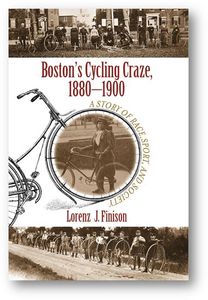 Boston’s Cycling Craze, 1880-1900: A Story of Race, Sport, and Society, by Lorenz J. Finison, Amherst: University of Massachusetts Press, 2014.
Boston’s Cycling Craze, 1880-1900: A Story of Race, Sport, and Society, by Lorenz J. Finison, Amherst: University of Massachusetts Press, 2014.
During the last two decades of the nineteenth-century Bostonians pedaled bicycles and tricycles on streets, specially made tracks, and in public parks. Home to nationally circulated cycling journals and major bicycle manufacturers, Boston became the “hub” of bicycle culture in the United States. Practiced by men and women of diverse class and racial backgrounds, cycling emerged as a contested recreational and social pursuit in late nineteenth century Boston. Lorenz Finison, in his new book, Boston’s Cycling Craze, 1880-1900: A Story of Race, Sport, and Society, digs through an impressive variety of nineteenth-century newspapers, magazines, and journals to uncover the social history of the city’s obsession with bicycles. As the first major treatment of Boston’s cycling history, Boston’s Cycling Craze adds a significant spoke to the wheel of New England’s turn-of-the-century recreational and sporting history.
“This big story,” Finison writes in his introduction, is that “people strove for upward mobility through acceptance and success in cycling and they achieved it, at least briefly.” Such people include Kittie Knox, a mixed-race seamstress and activist who lived in Boston’s West End on the north side of Beacon Hill; Abbot Bassett, the secretary of the national men’s cycling club the League of American Wheelmen and vocal critic of the club’s color bar; and Mary Sargent Hopkins, a white journalist who championed women’s right to ride so long as it did not interfere with the traditional gender-determined domestic responsibilities of the women’s sphere. These Bostonians, among others, used cycling to push for new freedoms and public acceptance of recreation and sport for all.
Boston’s Cycling Craze is organized into eleven chapters that profile notable cyclists and activists, various men’s and women’s cycling clubs, newspapers and journals, and the Boston streetscape itself during the 1880s and 1890s. Each chapter provides individual portraits of specific riders and activists and their personal and social struggles within cycling clubs and on the streets and racetracks of Boston.
Kittie Knox, for example, is discussed at length. Born in Kendall Square and raised in Boston’s West End, Knox worked as a seamstress and ardent participant in Boston’s cycling scene. An early member of the League of American Wheelmen, Knox had gained membership to the club before they officially banned women and blacks from joining. Her arrival at club meets and races in the mid-1890s caused a stir in the cycling press as many League affiliated clubs, especially in the South, actively petitioned to ban African Americans. Knox’s critics, some of whom were women, also attacked her preference of bloomers and racing, rather than the typical female cyclists’ attire of dresses and non-competitive leisure riding. Knox’s steadfast love of riding how she pleased in the face of racial and gender-specific critiques represents the social power that cycling and recreation had in the late-nineteenth century that Finison wants readers to understand.
As a result of the book’s individual portrait-like organization, it lacks a cohesive narrative arch from chapter to chapter that is easy to summarize. For example, the issue of race and racism within cycling culture, which, as noted by the subtitle, A Story of Race, Sport, and Society, emerges unevenly throughout the text. In the first chapter that discusses Kittie Knox and her struggles as a mixed-race woman in the white male dominated world of organized cycling, race is the central issue Finison in concerned with. The topic is then discarded for several chapters, only to reemerge in a serious manner five chapters later in the sections specifically designated for Irish, Italian, Jewish, Chinese, and African American cycling clubs. Such a disjointed approach leaves the reader with an understanding of how issues of race were dealt with by individuals but without a clear comprehension of the larger story of race and cycling in Boston as it changed over time.
The book’s organization also highlights the absence of significant secondary historical sources and key turn-of-the-century cultural contexts. Essential to Boston’s Cycling Craze are men’s and women’s social cycling clubs as they provide the framework for portraits Finison paints. Abbot Bassett, for example, is a major figure in Boston’s cycling culture because he was the secretary of the popular, nationally recognized League of American Wheelmen. The League, however, is just one of countless social and recreational clubs that sprouted at the end of the nineteenth century. Although Finsison does briefly mention the popularity of clubs like the Odd Fellows, Masons, and various sporting clubs, he does not contextualize cycling clubs within the larger clubbing movement. Historians have already made convincing arguments for ties between fraternal groups and the formation of racial and gender identities that remain strikingly absent from the book’s discussion of cycling clubs.
While the book, at times, lacks the inclusion of secondary historical literature and broader cultural issues, it succeeds brilliantly in its engagement of primary sources. An impressive array of major national newspapers, smaller local papers, sporting magazines, journals, and guidebooks make up the bulk of the book’s source material. As a result, Boston’s Cycling Craze emerges as much of a history of the cycling press as it does of the city itself. This is a result of Finison’s strong grasp of Boston’s real and imagined landscape as seen through its newspaper print culture at the turn-of-the-century. Magazine’s like Bicycling World and Wheelwoman, both published in Boston, played a major role in cultivating the vibrant cycling scene in the city. Finison makes it clear that cycling culture flourished not only on race tracks and in the street but in news columns and magazines.
Boston’s Cycling Craze is, above all, a significant foundational book for historians and lay readers interested in bicycles and Boston at the end of the nineteenth century. It is perhaps unfair to criticize a book for not being broad enough in scope when its intentions are to understand just one city. Still, cities do not exist in total cultural or social isolation and the stories, people, and places that Finison recreates beg for greater contextualization. Regardless, Boston’s Cycling Craze does well in highlighting the significant ways in which individuals used the bicycle to navigate racial and gender issues on the street and in the press. As cycling in Boston is widely popular again, cyclists can be glad Lorenz Finison has uncovered an historical road to ride upon.
-Sam Shupe

